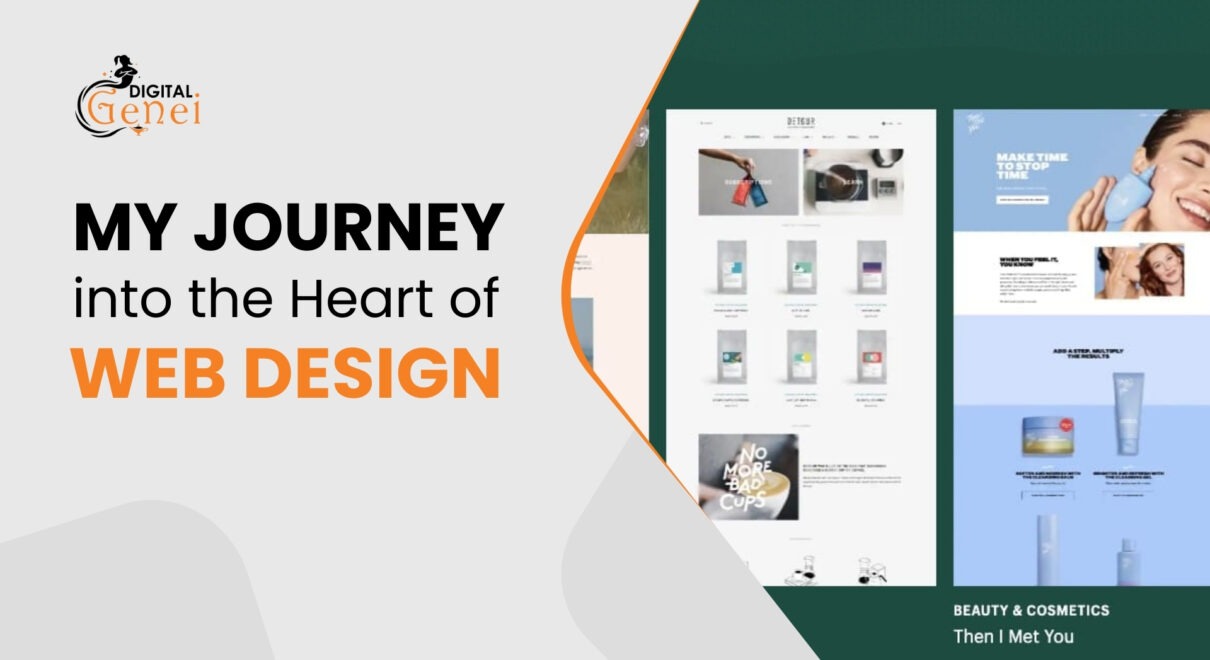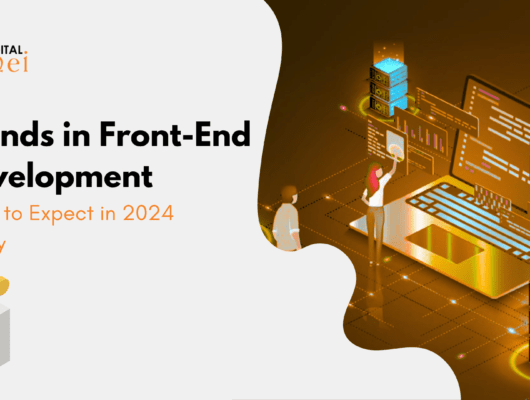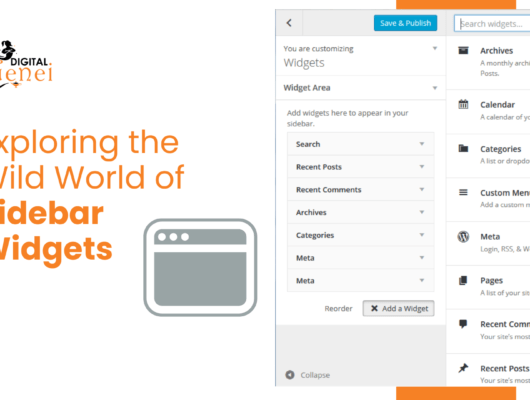Have you ever felt that electric buzz of inspiration after attending a conference filled with passionate people in your field? Here at Digital Genei, we believe in fostering a community of learners and creators, which is why I recently had the privilege of diving headfirst into the world of web design. Today, I’m excited to take you on a journey through my experience at the conference. We’ll explore the key takeaways that resonated with me, from the future-shaping trends to the importance of creating inclusive web experiences. Get inspired as we delve into the heart of web design!
1. Embracing Change and Innovation
The ever-evolving nature of web design was a constant theme throughout the conference. Sessions emphasized the importance of embracing change and innovation to stay ahead of the curve. From talks on the latest user interaction technologies to discussions on emerging design trends, it was clear that the ability to adapt and push boundaries is crucial for crafting websites that look stunning and offer exceptional user experiences in a constantly shifting digital landscape.
2. User-Centric Design: Putting Users First
A core principle reinforced throughout the conference was the philosophy of user-centric design. Speakers passionately advocated for putting users at the forefront of the design process. This resonated deeply, highlighting the importance of crafting websites that cater to user needs and goals. By prioritizing user experience, we can create websites that are not only aesthetically pleasing but also intuitive, engaging, and ultimately, more effective in achieving their intended goals.
3. The Role of Psychology in Design
The conference delved into the fascinating world of psychology and its influence on web design. Sessions explored how understanding core psychological principles can be harnessed to create impactful user interactions. From leveraging the power of color and layout to influence user emotions to employing persuasive design techniques, the talks shed light on how psychology can be a powerful tool in our design toolbox. By incorporating these insights, we can craft websites that not only look great but also subconsciously guide users toward desired actions and create a more positive and engaging overall experience.

4. Designing for Accessibility and Inclusivity
Accessibility wasn’t just a buzzword at the conference; it was a powerful call to action. Sessions highlighted the critical role of designing websites that are inclusive and cater to the needs of all users, regardless of ability. This resonated deeply, emphasizing the importance of creating a digital world where everyone has equal access to information and a seamless online experience. Learning about practical accessibility best practices and assistive technologies opened my eyes to the vast possibilities of crafting truly inclusive websites and leaving no user behind.
5. Collaboration and Teamwork
Beyond the inspiring talks, the conference truly came alive through its focus on collaboration and teamwork. Workshops and panels delved into the power of these dynamics, showcasing how successful web design projects often flourish. The energy and exchange of ideas during these sessions highlighted the importance of clear communication, shared goals, and effective collaboration between designers and developers. This collaborative spirit is a core value at Digital Genei, and the conference reinforced the notion that by working together, we can achieve truly remarkable results.
6. Balancing Creativity and Functionality
The conference fostered a thoughtful discussion on the delicate equilibrium between creative expression and functional design. Talks explored the art of crafting websites that are not only visually captivating but also meticulously engineered to provide a seamless and intuitive user experience. This synergy between aesthetics and usability is what truly elevates web design from craft to art.
7. Responsive Design: Designing for Multiple Devices
The conference underscored the critical role of responsive design in today’s multi-device environment. In-depth sessions explored best practices for crafting websites that can adapt and deliver an exceptional user experience across a wide range of screen sizes and devices, from desktops and laptops to tablets and smartphones. This ensures users have a seamless browsing experience regardless of their chosen platform, fostering greater engagement and brand consistency.
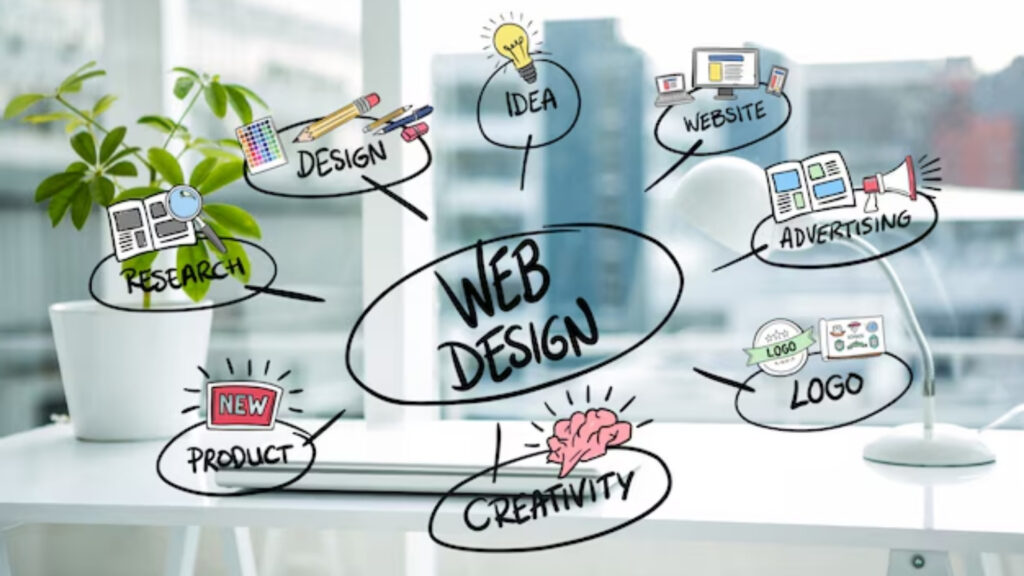
8. The Future of Web Design: Trends and Predictions
The future of web design was a hot topic at the conference, with talks buzzing about exciting new trends. From the potential of artificial intelligence to personalize experiences to a growing focus on ethical design, it’s clear the way we build websites is about to evolve! This glimpse into the future equips us to create websites that are not only innovative but also user-friendly and responsible.
9. Continuous Learning and Professional Development
The conference served as a powerful reminder that the journey of a web designer is a lifelong pursuit of knowledge. Sessions and workshops emphasized the importance of continuous learning and professional development to stay ahead of the curve in this ever-evolving field. This dedication to growth ensures we can continue to craft websites that are not only beautiful and functional but also incorporate the latest advancements in the field.
10. Implementing Lessons Learned: Moving Forward
With a head brimming with inspiration and a notebook overflowing with valuable insights, it’s time to translate these conference takeaways into action! In the coming weeks, I’ll be diving into specific strategies for implementing the latest trends in user interaction and accessibility into our projects at Digital Genei. We’ll also be exploring opportunities to foster even greater collaboration within our team, ensuring seamless communication and a shared vision for creating exceptional websites. Stay tuned as I unveil how these lessons from the conference will translate into tangible improvements in our design process and the websites we craft!
